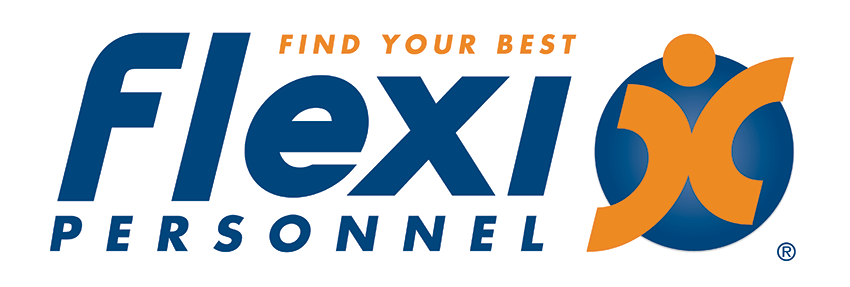
Changing your career direction
The New Year is often a time when people look inward – reflecting on their career, health and fitness and re-evaluate their goals. While it’s commonplace for people to change employers, the process of navigating a career change can be challenging, particularly in terms of how such a change is perceived by recruiters and employers. I’ve been speaking with some friends recently who are in the process of shifting careers and the same questions keep cropping up in interviews: ‘Your Resume shows a few different directions. Why the change?’ or ‘How do we know you will stay?’. There is a perception that shifting careers is a sign of confusion or disengagement, while it can often be quite the opposite.
The beauty of living in a modern society is that there are so many opportunities to utilise both technical and interpersonal skills across different industries and roles. It’s sometimes tricky to communicate this to recruiters in a positive way that puts you in the best position for securing the right position. Many people stay in a certain industry or role their entire career. While it may look great on paper, it doesn’t necessarily mean that they are engaged and productive. Career changes are often made to find meaning and purpose in their work.
In fact, employee engagement is at an all time low in Australia. According to a recent Gallup Consulting global study of 47,000 people;
- 82% of people were not fully engaged in their current role
- 61% did what was necessary to do the job, and
- 21% were actively disengaged
If you are navigating a career change, a useful initial step is to write down your technical and interpersonal skills and determine what role you would like in the long term. Once you have done this, you need to work out what the ‘feeder’ roles are that move into your chosen career. From there, it’s a process of determining which skills you have that can transfer across to your new role. These are the skills and experiences that should be highlighted during the application process.However, as always, don’t just get onto Seek and start applying for roles – it’s always best to initially speak with your existing network and explain what role you are looking to move into. Many contacts within your network may have relationships within organisations that you can target, rather than going in blindly.If you would like support to navigate a career change, speak to the Recruitment team at Flexi Personnel.





